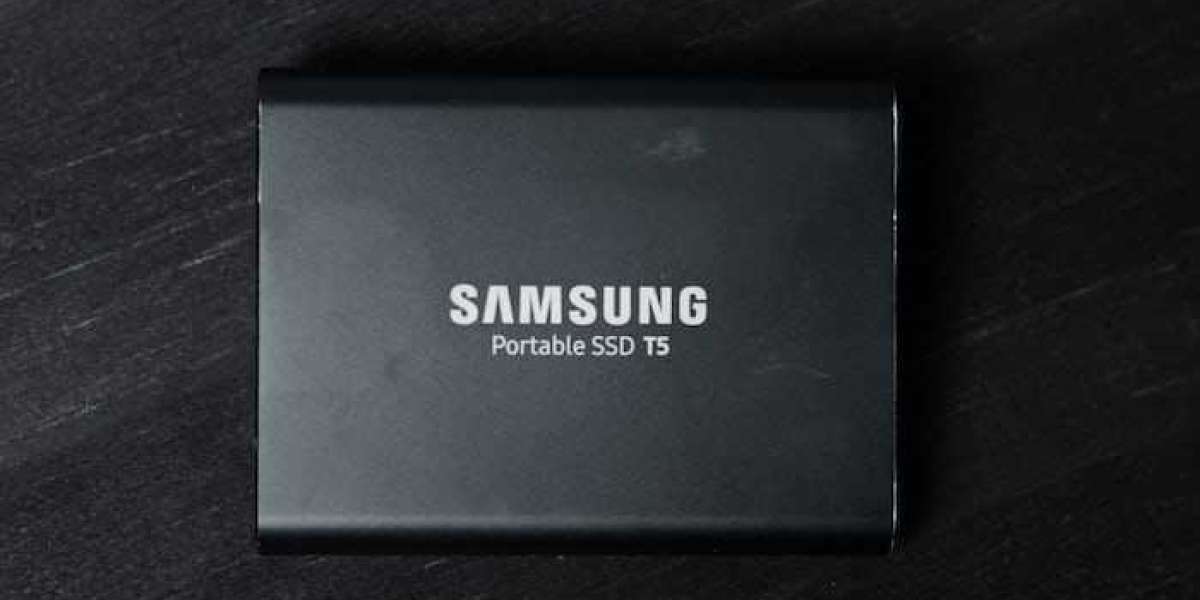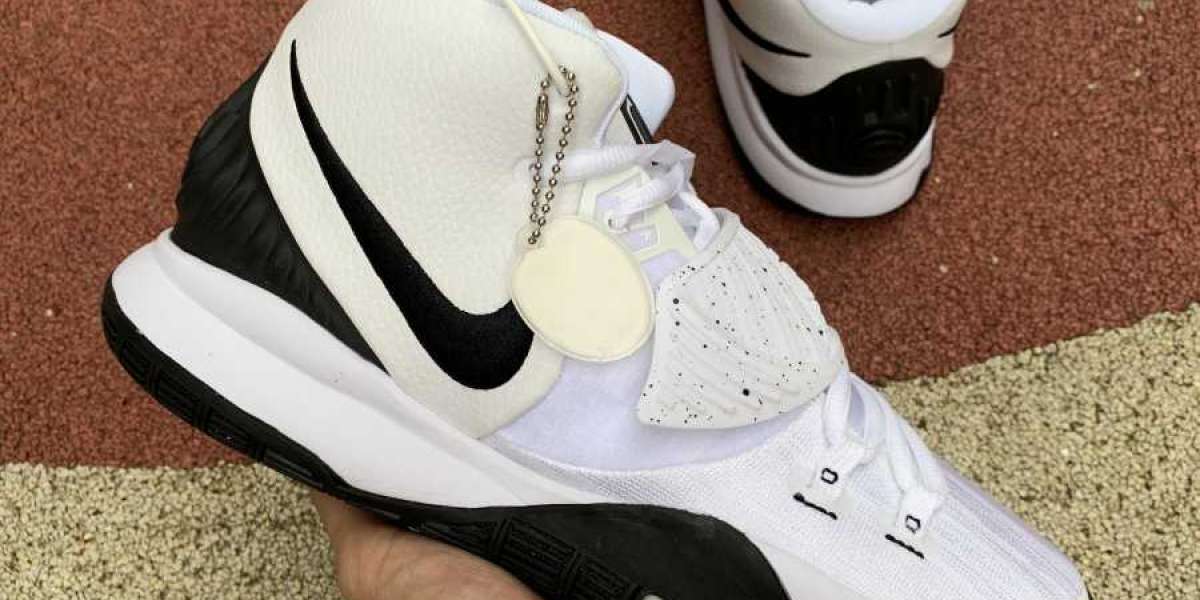A complementary metal-oxide semiconductor (CMOS) is the semiconductor technology used in most of today's integrated circuits (ICs), also known as chips or microchips. CMOS transistors are based on metal-oxide semiconductor field-effect transistor (MOSFET) technology.
Today, most modern computer conponents use CMOS chips, like computer memories. Cpus. Cellphones and several more things of a similiar vein. This is due to the several advantages that come with using them. One being its use of the P-Channel and N-Channel.
There are two primary types of MOSFETs: p-channel MOS (PMOS) and n-channel MOS (NMOS). Both PMOS and NMOS transistors use p-type and n-type semiconductors. In a PMOS transistor, the source and drain use a p-type semiconductor, and the substrate uses an n-type semiconductor. A NMOS transistor takes a different approach and and does the opposite. The source and drain use an n-type semiconductor, and the substrate uses a p-type semiconductor.
Before the introduction of CMOS, PMOS and NMOS were widely used in electronic devices. NMOS eventually became the favored approach to integrated circuitry because it was faster and cheaper to produce, although it was not without its own limitations, such as its static power consumption.
The invention of CMOS was done to get the benefits of the PMOS and the NMOS in one package. As well as lower power consumption







